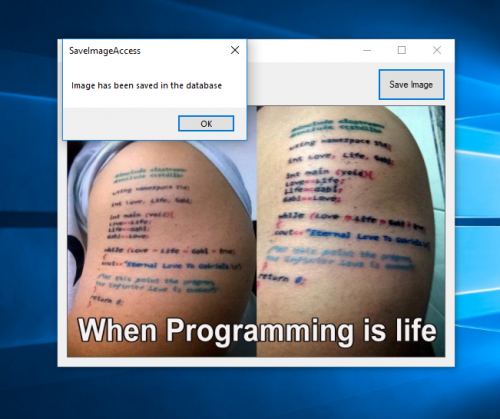
Your data is not suitable for efficient on-the-fly visualization.Those may be small or large, depending on your system. Your data set is composed of hundreds or thousands of files.You need to serve the data to many clients concurrently.Your data does not have overview levels, but you need overview levels to prevent the display of the red hatching pattern when the map is zoomed out.However, data fusion may still be beneficial in any of these conditions:

LuciadFusion 2017 allows for on-the-fly serving of data as well: you can serve data from it without fusing it into coverages first, saving you time and disk space. For more information, see the Data Connectivity Manager user's guide. You can use the LuciadFusion Data Connectivity Manager to fuse data into coverages, starting from various kinds of input data such as GeoTIFF or vector data, which is rasterized during the fusion process. The LuciadFusion process of computing and storing data as raster tiles is called fusing. WMS and WCS services significantly benefit from this format as well. Use LuciadFusion Coverages or serve on-the-fly?Ī LuciadFusion Coverage is a special file format that stores data as pre-computed raster tiles so that they can be served very efficiently from a WMTS service. Depending on the format, you can serve it on-the-fly from LuciadFusion Studio, or you may be better off processing it as a LuciadFusion Coverage first, for instance. Because those characteristics can have an impact on visualization detail and performance, this article offers guidelines for dealing with particular format traits, so that you can obtain the best results from that format in LuciadFusion. Formats such as LuciadFusion coverages, DTED data, ECDIS S-57 and S-63 data, or database data types, each have their specific characteristics and requirements. This article provides recommendations for the handling of specific types of data in LuciadFusion.


 0 kommentar(er)
0 kommentar(er)
